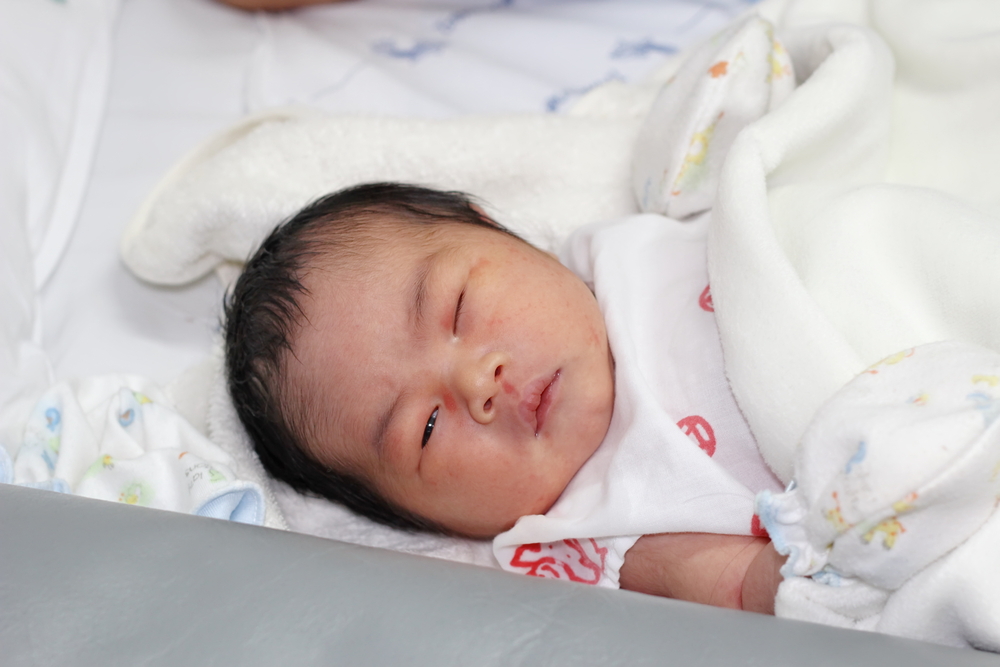Internal Injuries
Even under the best of circumstances, the birth of a child can be a traumatic experience because the child has to move through the mother’s pelvic bone. Difficulty with passage through the birth canal can result in various complications. When a child develops excessive bruising, it can be a sign of dangerous internal injuries that may have a lifelong impact.
Infant Cephalohematoma
When a child experiences this condition, it means a collection of blood has developed between the scalp and skull. Typically this is evident approximately four or five hours after birth. This condition usually happens when the child’s head is caught on the mother’s pelvic bone. This condition can vary in severity. In less severe cases, the abnormality often resolves after two weeks. In some cases, it can cause infant jaundice, which must be watched closely because it can lead to other serious health complications.
Caput Succedaneum
Another condition that arises from baby bruises, is caput succedaneum, which is when a child develops swelling on the soft tissues of their scalp. Usually, this happens during an especially difficult labor.
Regardless of the specific injury that your child suffered during labor, it is important to closely monitor it. One of the most serious injuries that can occur is known as cerebral palsy (CP). If this happens, you will most likely have to seek financial help. The costs can grow exponentially and CP will require excessive measures with the child’s diet, which incurs additional costs. A child with a poor diet and cerebral palsy may result in increased severity of symptoms. While a child can develop bruising naturally, it is essential for the child to be evaluated by a healthcare professional to ensure that there is not an underlying injury present.

